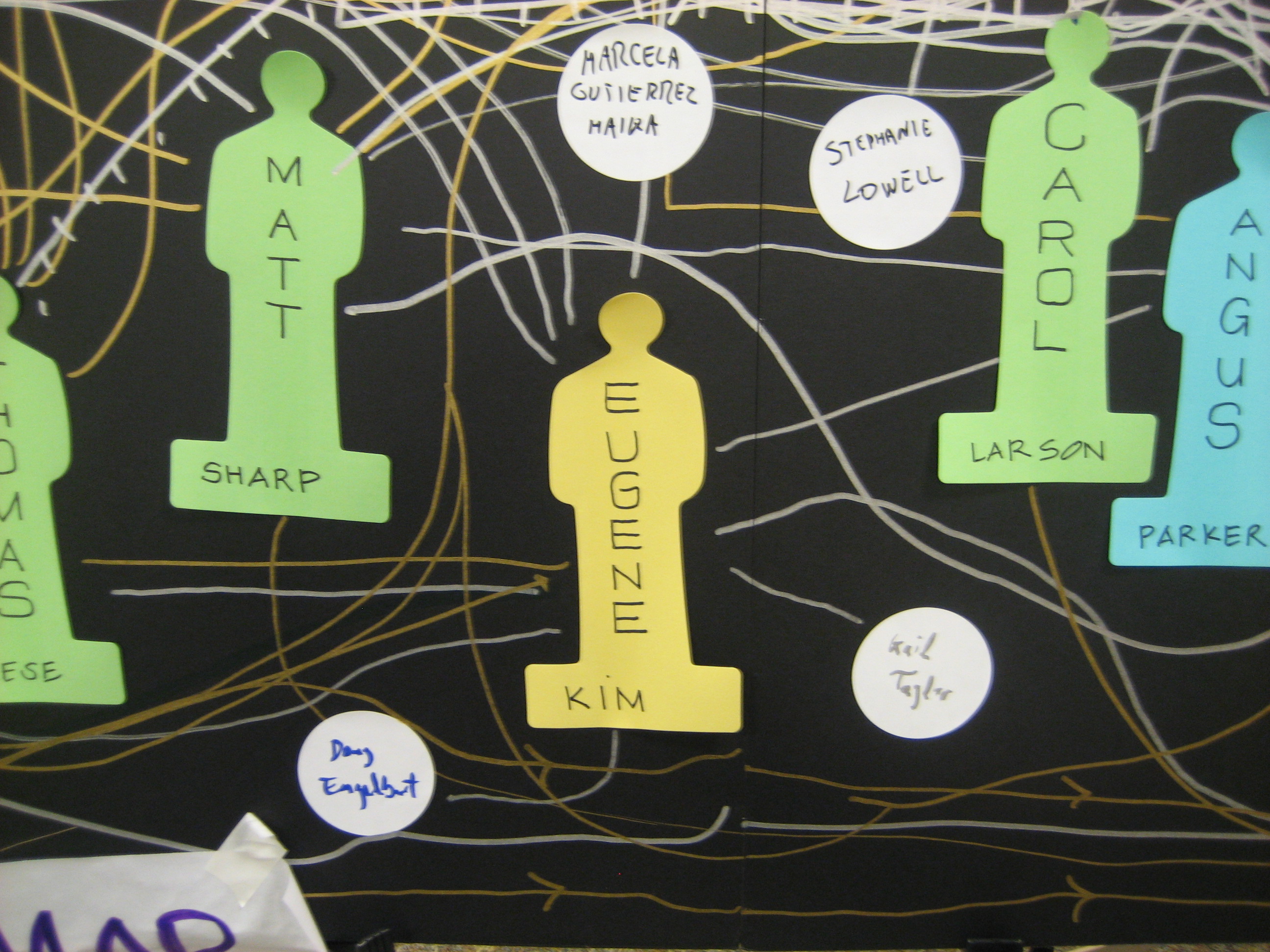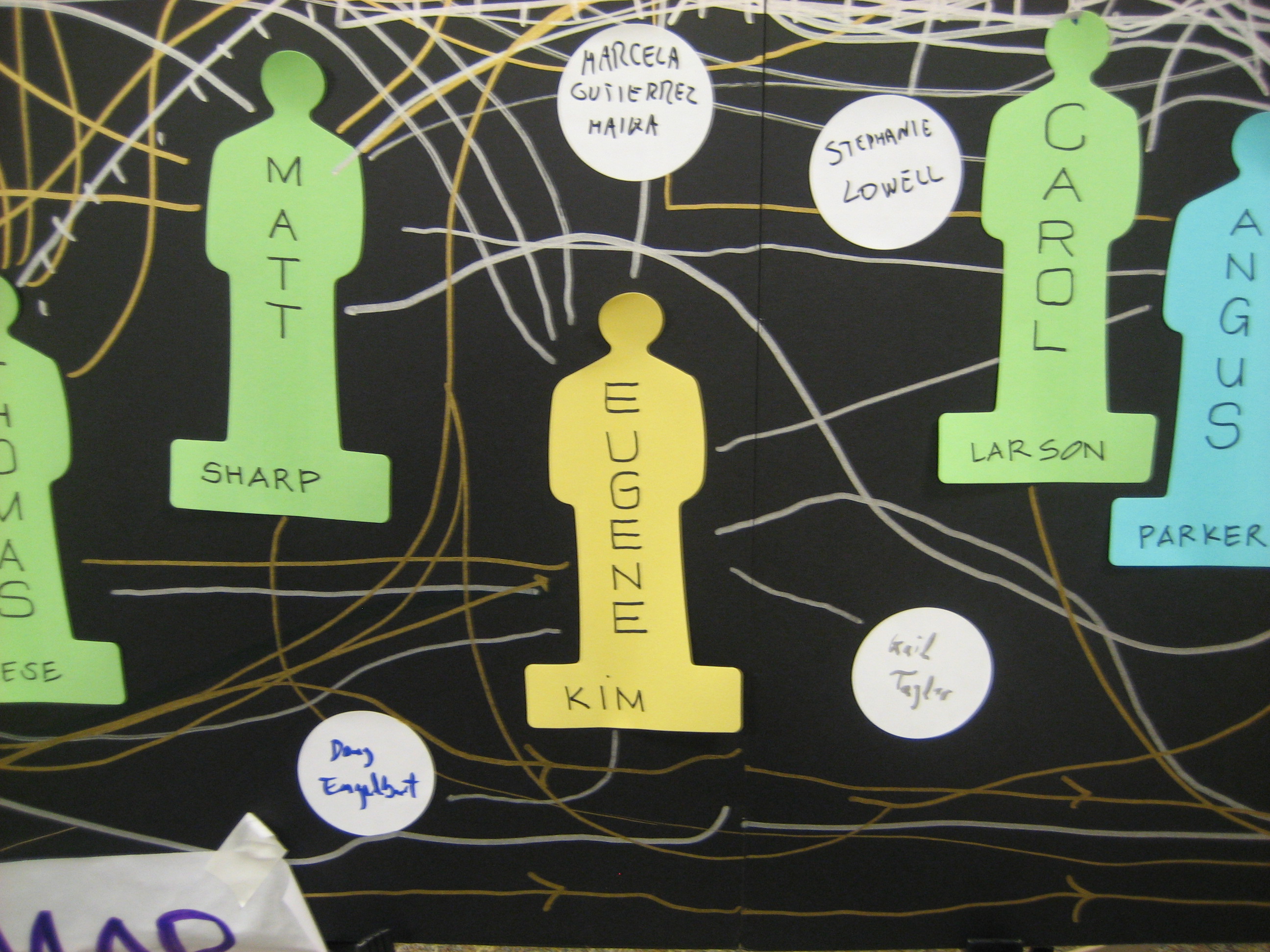
At my previous consultancy, we used to spend a considerable amount of time debriefing every engagement, big or small. We were meticulous in our analysis, nitpicking every detail.
Over time, I started noticing a few patterns. First, I realized that our debriefs were largely ineffective, because we weren’t taking the time to integrate what we learned. We needed to be reviewing past debriefs before new engagements in order to remind ourselves of what we had learned and in order to hold ourselves accountable to improvement. Without that additional space, our debriefs were essentially exercises in self-criticism and generating lists, two skills we didn’t need to be practicing.
Second, a few things began to jump out at me as I reviewed our long list of things we could have done better. Almost without fail, when we had “bad” engagements, someone had slept poorly the night before. Or someone had been working while sick. Or someone had forgotten to eat breakfast that morning. (Forgetting to eat was my personal bane.)
We had spent hours and hours and hours debriefing, and this is what we learned:
- When we didn’t take care of ourselves, our performance suffered.
- When we didn’t take time to remind ourselves of past lessons, we repeated the same mistakes.
One of my mentors, Gail Taylor, is always encouraging me to seek the simplicity embedded in complexity. What I’ve realized over the years is that, when I find it, I often dismiss it. It seems too obvious. There has to be something else.
Slowly, but surely, I’m breaking this habit, and I’m starting to see more clearly as a result. Which brings me to my biggest insight over the past several months.
The best thing we can do to improve collaborative effectiveness is to slow down.
This has been coming up for me over and over again with all of my recent projects and experiments.
I’m currently doing an experiment with the Code for America incubator in trying to help new companies establish good collaborative habits right from the start. PostCode (the company with which I’m working) is working at a startup pace, and they’ve had inevitable challenges as they move through their storming phase.
Fortunately, when problems crop up, they deal with them quickly. In those situations, they’ve often reached out to me about possible toolkits to help them navigate their challenges. My answer has been consistent: Slow down. They haven’t found the time (beyond the work we’ve done with them, which has been too constrained) for critical conversations about organizational strategy, culture, and group dynamics. It’s understandable. They’re under a tremendous amount of pressure, and in those situations, conversations about strategy and group dynamics can feel like a nice-to-have, not a need-to-have.
Last week, I facilitated a practitioners workshop for the Garfield Foundation on collaborative networks. For one of the Open Space sessions, I led a group through the power workout I developed for Changemaker Bootcamp. We had a wonderful, nuanced conversation about power dynamics, and several people asked, “How do we make sure we have more of these conversations with our constituencies?” My response: “The first step is making the time.”
Telling others (or even yourself) to slow down is easy. Actually doing it is hard. We move fast because of external pressures, mindsets, habits, cultural norms, and so forth. We have little control over most of these things, and what little we can control is incredibly hard to change. But there are tricks that I’ve found helpful over the years.
Experiments. Changing habits is hard, and you will likely fail many times. Approaching the challenge of slowing down as a series of experiments helps. As I wrote previously, one of the keys to a successful experiment is to hold yourself accountable to the results. Failure is okay as long as you’re committed to the intention and are actively incorporating what you learn into new experiments.
If you are truly committed to slowing down, write it down. Write, “Slow down,” on a piece of paper, and put it up where you will see it. Actively devise and track experiments that will help you do this, so that you can monitor your progress and see what’s working and what’s not.
For important conversations — whether it be organizational strategy or a project debrief — schedule those in advance as part of your project plan, and track whether or not they actually happen. If they don’t happen, take the time to examine why, and devise another experiment. The beauty of applying an experimental framework is that simply the process of devising and tracking an experiment is an act of slowing down.
Checkins. My former business partner, Kristin Cobble, recently wrote a wonderful piece on the power of checkins. She describes them mostly in the context of meetings as a way to invite participation and to garner a sense of the collective whole. What I’ve learned over the past several months is that they also serve a much simpler, deeper function. They force you to slow down and reflect — even if just for a moment.
Starting last year, I embarked on a simple experiment with my friend, Seb Paquet, who’s based in Montreal and who, like me, works for himself. We decided to check in with each other once a week for an hour over Skype. We didn’t have any agenda. We would simply use that time to have an extended checkin.
We ended up doing two phases, and it served to be tremendously valuable. Not only did it deepen our relationship, it served several practical purposes. We both had an opportunity to give each other feedback on our respective projects. We supported each other when we faced challenges and cheered each other when we succeeded. The most interesting thing to happen was that, even when things got tremendously busy for both of us, we both stayed very committed to these checkins. They were not just nice-to-have; they were helping us work more effectively.
Inspired by these results, I invited my colleagues Pete Forsyth, Rebecca Petzel, Odin Zackman, and Amy Wu — who all work independently — to participate in a similar experiment earlier this year. We wanted to experiment with ways that we — as an informal network — could achieve the same (or better) benefits that people get from working in great organizations. In particular, we wanted to be more intentional about learning from each other. We called our experiment, Colearning 2.0, a play on the coworking movement.
We explored several things that we could do together, but we settled on doing weekly pair checkins, as Seb and I had done beforehand. There was some reluctance at first. One thing we all had in common was a frequent feeling of overwhelm, and taking an hour out of our week to “just talk” seemed burdensome. Not only did everyone end up finding the experience valuable, there’s a desire to continue the practice and take it to the next level.
I recently spoke with Joe Hsueh about his recent trip to Istanbul. One of the things that struck him the most about his trip was the adhan — the Islamic call to prayer. Imagine being in a bustling city of 14 million people where every day, at prescribed times, a horn sounds and the entire city goes silent. Imagine what it feels like to have that regular moment of collective, silent reflection.
I believe that checkins could be a powerful keystone habit that helps us slow down overall, which ultimately helps us collaborate more effectively. This is a hypothesis I continue to explore.
What helps you to slow down? What’s been the impact of doing so?

